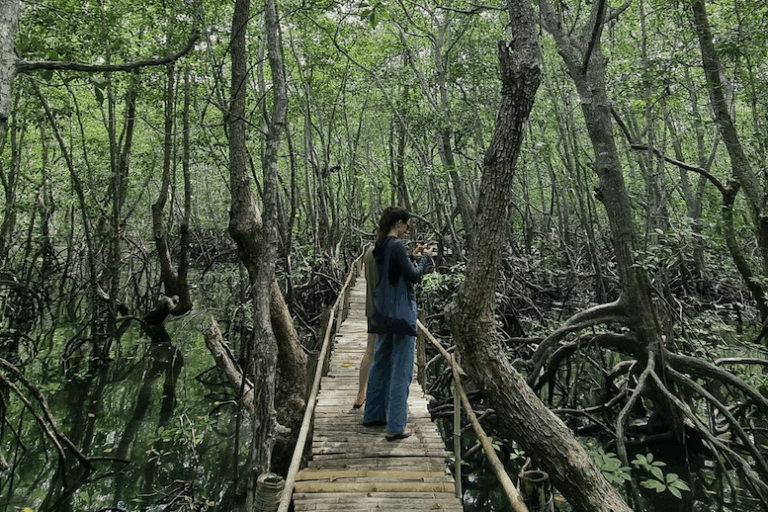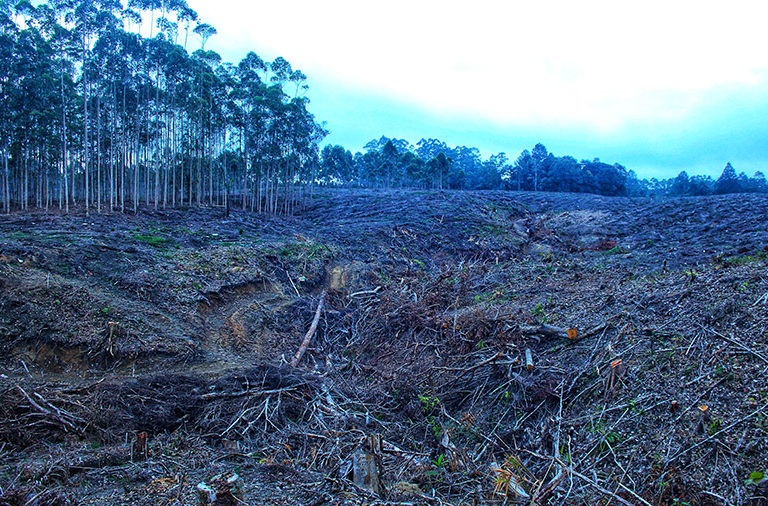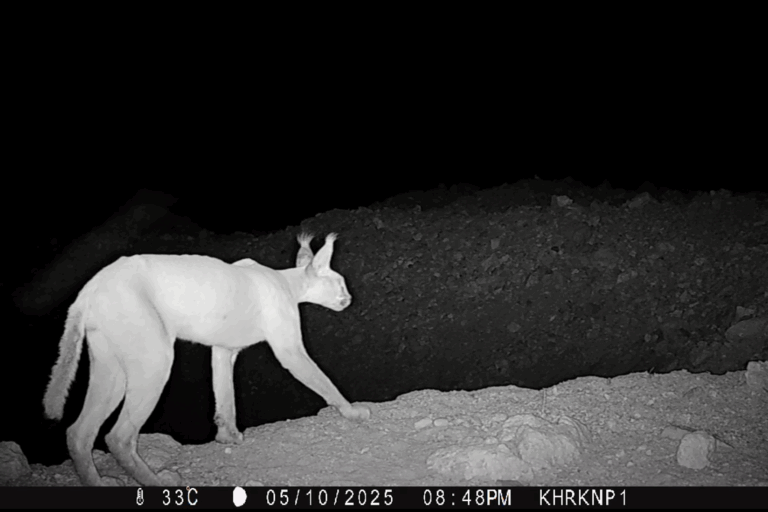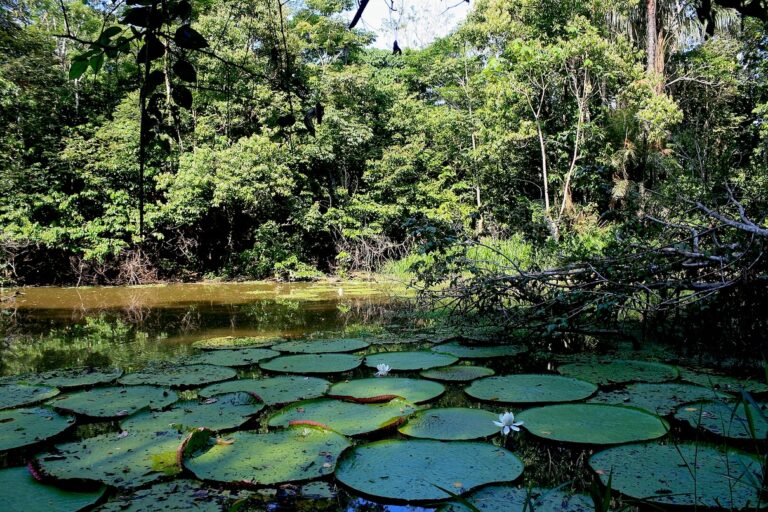In April 2023, fishermen caught a Eurasian otter in their net in the Karnali River, western Nepal, and reported the finding to researchers. A new study now confirms that this marks the northernmost spot in the country where the species has been spotted, Mongabay’s Abhaya Raj Joshi reported in June.
The Eurasian otter (Lutra lutra) occurs widely across Europe and Asia, from as far west as the Iberian Peninsula and British Isles to the eastern borders of Asia, as well as down south to Vietnam to far north as Russia. However, in Nepal, it hadn’t been confirmed for decades until 2021, when there were a number of sightings across the country’s rivers.
The latest sighting of the otter in Karnali River is cause for both excitement and concern, researchers told Mongabay.
“The finding is important as we confirm the northernmost documented record of the animal in Nepal,” said Rinzin Phunjok Lama, co-author of the study. “But that the animal was found dead most likely because it got strangled in a net also raises concerns about its conservation.”
Estimates for the global population of Eurasian otters, classified as near threatened, range from almost 60,000 to more than 360,000 mature individuals. While widespread, the species’ range is likely underexplored, Joshi writes. Recently, it was photographed by camera traps in Malaysia after not being spotted there for more than a decade.
Otters inhabit rivers, wetlands and lakes that are very sensitive to human activities, especially those affecting river flow and bankside vegetation, making them indicators of ecosystem health. In South and Southeast Asia, in particular, Eurasian otter numbers have declined due to overfishing and poaching, as well as strangulation due to nets.
Another concern for otters in this region is the boom in hydropower projects, including the 900-megawatt Upper Karnali project proposed on the Karnali River, which could obstruct the river’s natural flow.
“If the planned hydropower development goes ahead, it will definitely have a long-lasting impact on the otters in the Karnali,” researcher Mohan Bikram Shrestha told Joshi. “The practice of building roads on the banks of the river as well as unsustainable extraction of sand is already adding problems to otters.”
These challenges extend to the two other vulnerable otter species found in Nepal: the smooth-coated otter (Lutrogale perspicillata) and the Asian small-clawed otter (Aonyx cinerea). The latter, the world’s smallest otter, was recently confirmed by scientists in western Nepal after going missing for 185 years.
Despite the 2023 discovery of the Eurasian otter in the Karnali River, there’s no conclusive evidence the area hosts a viable otter population. Shrestha said Nepal first needs to assess the otter population in the country, especially in remote rivers that researchers currently can’t reach.
Read the full story by Abhaya Raj Joshi here.
Banner Image: A Eurasian otter (Lutra lutra), one of the otter species found in Nepal. Image by Alexander Leisser via Wikimedia Commons (CC BY-SA 4.0).














